In an earlier post, Amara Thornton talked about Gerald Harding’s colourful career in archaeology, from his introduction to Egyptology through Margaret Murray’s lectures (they must have been good - he kept his notes), to learning Arabic from his Bedouin co-workers in the Wadi Ghazzeh while learning the trade of archaeology.
Harding owed the start of his career to Petrie’s patronage; this post explores his ‘apprenticeship’ years - from his first dip into a Petrie dig at Tell Jemmeh in 1926, to the time he left the Petries in 1932 to join new excavations at Lachish.
Details of these have been gathered together from a range of sources, from Harding's own diaries and photographs, to letters written by fellow digger Olga Tufnell, and the diaries, letters and biographies of Flinders Petrie and his wife Hilda.
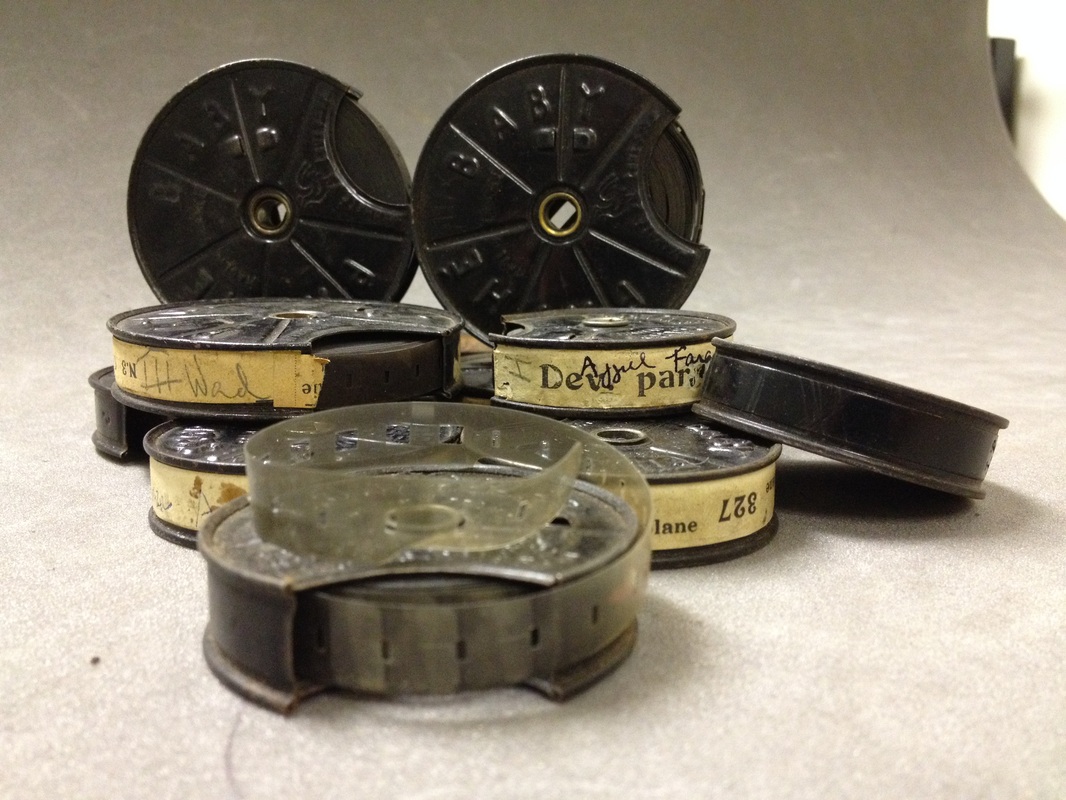
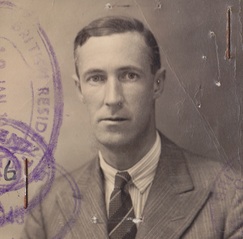
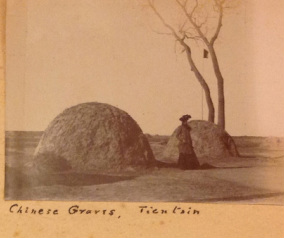
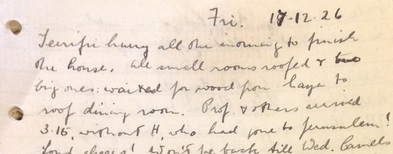
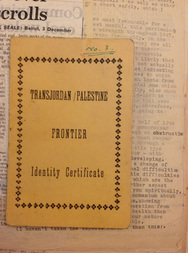
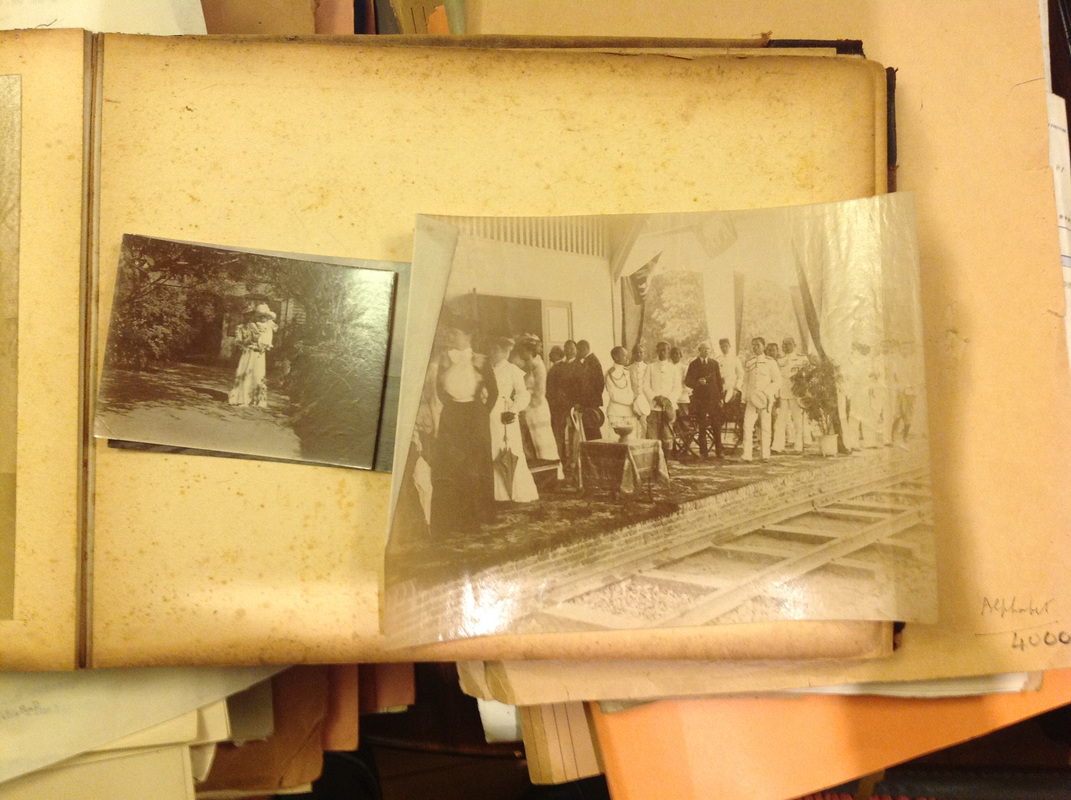
 RSS Feed
RSS Feed

